Human Resource Management Gaining A Competitive Advantage 9th Edition Noe, Hollenbeck, Gerhart, Wright TB
006Student: ___________________________________________________________________________1.Much of the work in personnel selection involves measuring the characteristics of people to determine who will be accepted for job openings.True False2.The degree to which a measure is free from random error refers to its reliability.True False3.Reliability refers to the measuring instrument rather than to the characteristic itself.True False4.The correlation coefficient is zero for a perfect positive relationship.True False5.Validity is the extent to which performance on the measure is related to performance on the job.True False6.A measure can be valid without being reliable.True False7.A concurrent validation assesses the validity of a test by administering it to people already on the job and then correlating test scores with existing measures of each person’s performance.True False8.The size of the sample on which the correlation is based has no role in achieving statistical significance.True False9.Content validity is achieved primarily through a process of expert judgment.True False10.The inability to use content validation in small sample settings makes it generally less applicable than criterion-related validation.True False11.Reliability is defined as the degree to which the validity of a selection method established in one context extends to other contexts.True False12.Validity is necessary but not sufficient for generalizability.True False13.The more reliable, valid, and generalizable a selection method is, the more utility it will have.True False14.The utility of any given test generally increases as the selection ratio gets higher.True False15.The Civil Rights Act of 1991 protects individuals from discrimination based on race, sex, religion, and national origin with respect to hiring as well as compensation and working conditions.True False

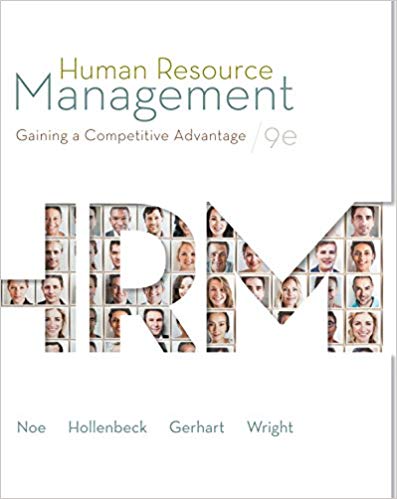
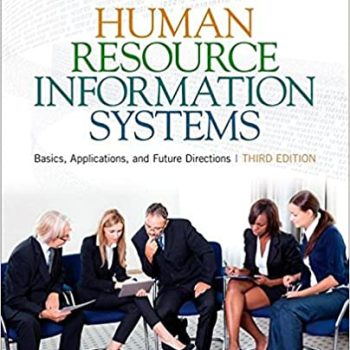
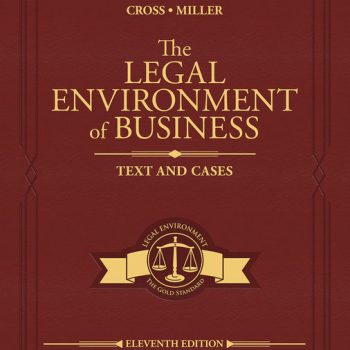
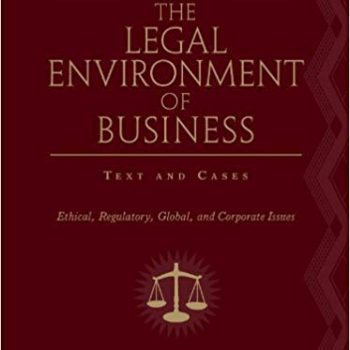


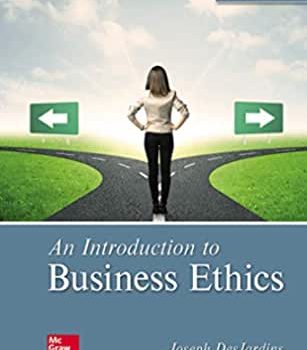
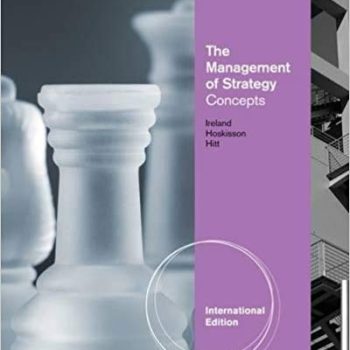
Reviews
There are no reviews yet.